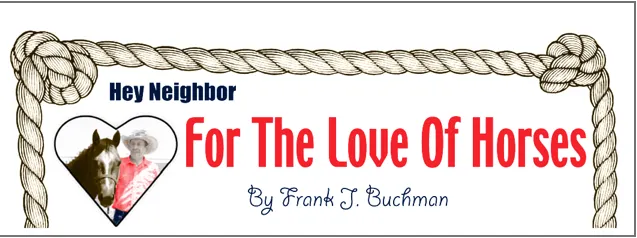“Weather forecasts are not reliable. Commodity prices are chaotic. Farm profitability is determined by marketing.”
Three simple yet highly complex sentences answer the presentation title question: “Okay…So Now What’s The Commodity Market Outlook?”
Matt Hines, Loewen and Associates, Inc., Manhattan, agriculture risk management consulting and commodity futures brokerage, reviewed those technicalities.
Speaking with power point charts at a Farm Profit Seminar in Seneca, Hines showed the U.S. dollar dropped below $90 in late 2018. “That was the first time it’s been that low since December 2014,” Hines said.
Highest level was above $102 in late 2017, with the index in the $95 range during the first few weeks of 2019.
Long range weather forecasts are not reliable for determining crop production. “There’s a wide range of potential outcomes, and one small deviation could make a big difference,” Hines indicated.
Everything else adds to make markets chaotic, he said. That includes politics such as renewable fuel standards and tariffs, plus global economies in this country and around the world.
Additional impact comes from funds, the money in and out, as well as disease outbreaks, plus science and technology.
Trends in corn, soybean and wheat markets revealed detrimental large national and world crops, trade wars and tariffs. Reduced exports, lower usage and higher stocks create highly fluctuating lower prices.
African swine fever specifically has impacted soybean demand in China. “Since the first outbreak in August of 2018, projections are that the herd has been reduced 20 percent,” Hines said. “Soy imports have been down 5 percent each of the past three months. The 2018 imports were down 8 percent from 2017.”
February live cattle, at $129, are up sharply from $110 in May, 2018. However, March feeders are down to $140, compared to $156 in October 2018.
“Successful marketing is all about choosing the right tools,” Hines said.
That means: “choosing the tool that nets you the most dollars at the time of each purchase or sale,” he emphasized.
“Basis and carry are the most important terms you will hear today,” Hines verified.
Basis is the difference between the futures price and cash price.
Carry is the premium distant futures contract months offer to store grain. That’s the difference in price between the nearby contract month and those months further out.
Carry market is when deferred months are higher than the nearby contract, technical information indicated. An inverted market is when nearby months are higher than the deferred, according to Hine’s power point.
“How should a producer manage price risk?” Hines asked.
First, the farmer was advised to evaluate if the price is profitable, or if indications are to go lower or higher.
“Evaluate carry inverse and storage opportunities, as well as basis,” Hines recommended. “Use cash as the first opportunity.
“If cash is unacceptable, use futures or options strategies, constantly looking for basis opportunities to convert to cash,” Hines insisted.
However, the consultant clarified, “There is substantial risk of loss in trading futures and options. Past performance is not necessarily indicative of future results.”



